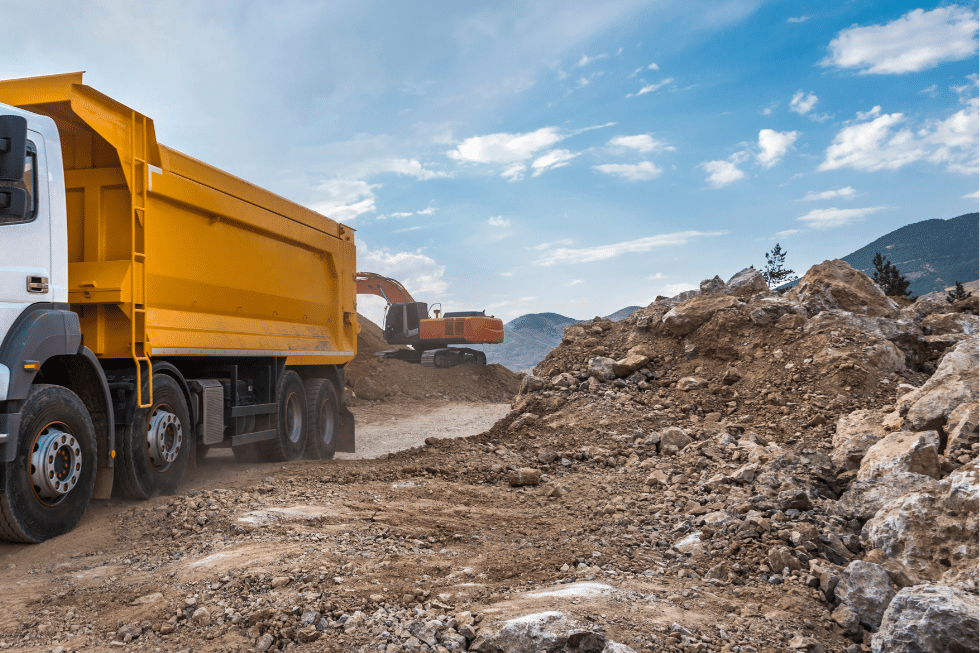The BC Ministry of Environment and Climate Change Strategy (BC ENV) issued Protocol 19 – Site Investigation and Reporting on February 1, 2023 and issued revisions to the Protocol on August 12, 2024. The protocol specifies site investigation and reporting requirements related to relocation of non-waste soil.
The introduction of Protocol 19 has impacted sites requiring soil excavation and removal and resulted in several unintended consequences. As a result, based on the feedback received, BC ENV has made the following revisions to Protocol 19:
- Allow more professional judgement for qualified professionals when selecting sampling parameters, frequencies and densities when potential contaminants of concern (PCOCs) are known.
- Address increased costs to people using Protocol 19 by creating a more flexible process for soil sampling/analysis on source sites.
- Allow the use of a 0.02 vapour attenuation factor and vapour modelling to estimate vapour concentrations so that more soil is reused and less goes to landfills.
- Reduce the metal leaching and acid rock drainage (ML/ARD) sampling frequency and add additional ML/ARD tests for better informed decisions.
- Incorporate four exemptions for sites that do not require investigation before soil relocation:
- Sites with a Final Determination that the site is not contaminated or a numerical-based Certificate of Compliance if the soil is to be relocated from the site:
a) has no new contamination caused since the certification document was issued; and
b) has no soil and vapour at concentrations exceeding the current Contaminated Sites Regulation (CSR) land use standards applicable to the receiving site (including soil at depths greater than 3 m). - Soil leaving sites that are authorized soil treatment facilities if:
a) these facilities have soil sampling, analysis, and storage requirements that are consistent with soil relocation requirements in an Environmental Management Act (EMA) waste discharge authorization; and
b) the EMA waste discharge authorization requirements have been met. - Quarries with a CSR Schedule 2 use if:
a) the site has a Mines Act Permit; and
b) the CSR Schedule 2 use has not contaminated the quarried material leaving the site. - Transitory sites with a CSR Schedule 2 use that store soil if:
a) the soil stored onsite was already sampled at and analyzed from the CSR Schedule 2 use site of origin, or the soil stored onsite did not originate from a CSR Schedule 2 use site; and
b) the soil has not been contaminated by the CSR Schedule 2 use on the transitory site.
- Sites with a Final Determination that the site is not contaminated or a numerical-based Certificate of Compliance if the soil is to be relocated from the site:
However, the soil relocation notice requirements in EMA and the CSR still apply for sites that are exempt from this Protocol. Copies of certification documents (i.e., numerical-based Certificate of Compliance and Final Determination the site is not contaminated) and qualified professional assurance with respect to the above exemptions must be provided with the Soil Relocation Notification form.
***
Keystone Environmental can help you navigate these regulatory changes and help support your project needs. We can recognize issues, evaluate risks, and effectively apply professional judgement to support you in achieving your project objectives. Contact us for more information and we can connect you with one of our Contaminated Sites experts.
***
Summary written by: Michael Geraghty, M.Sc., P.Geo., CSAP, Senior Technical Manager
Source & Related Links:
Site remediation news – Province of British Columbia (gov.bc.ca)
Protocol 19 for Contaminated Sites: Site Investigation and Reporting – August 12, 2024

